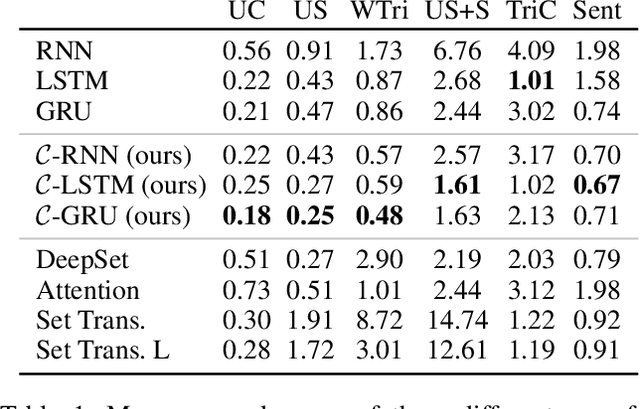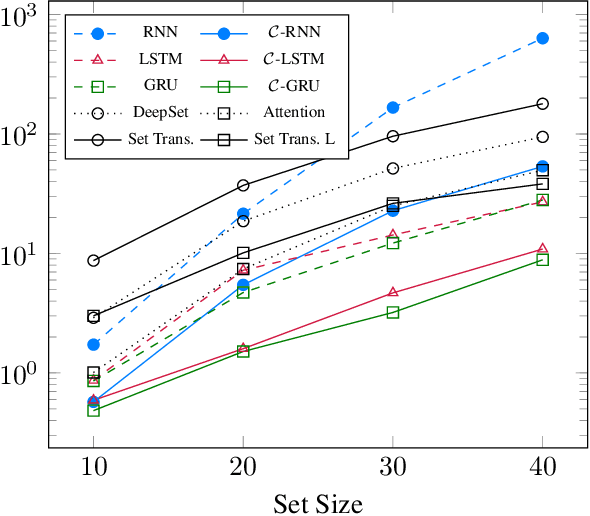Effective and Interpretable Information Aggregation with Capacity Networks
Paper and Code
Jul 25, 2022



How to aggregate information from multiple instances is a key question multiple instance learning. Prior neural models implement different variants of the well-known encoder-decoder strategy according to which all input features are encoded a single, high-dimensional embedding which is then decoded to generate an output. In this work, inspired by Choquet capacities, we propose Capacity networks. Unlike encoder-decoders, Capacity networks generate multiple interpretable intermediate results which can be aggregated in a semantically meaningful space to obtain the final output. Our experiments show that implementing this simple inductive bias leads to improvements over different encoder-decoder architectures in a wide range of experiments. Moreover, the interpretable intermediate results make Capacity networks interpretable by design, which allows a semantically meaningful inspection, evaluation, and regularization of the network internals.
 Add to Chrome
Add to Chrome Add to Firefox
Add to Firefox Add to Edge
Add to Edge